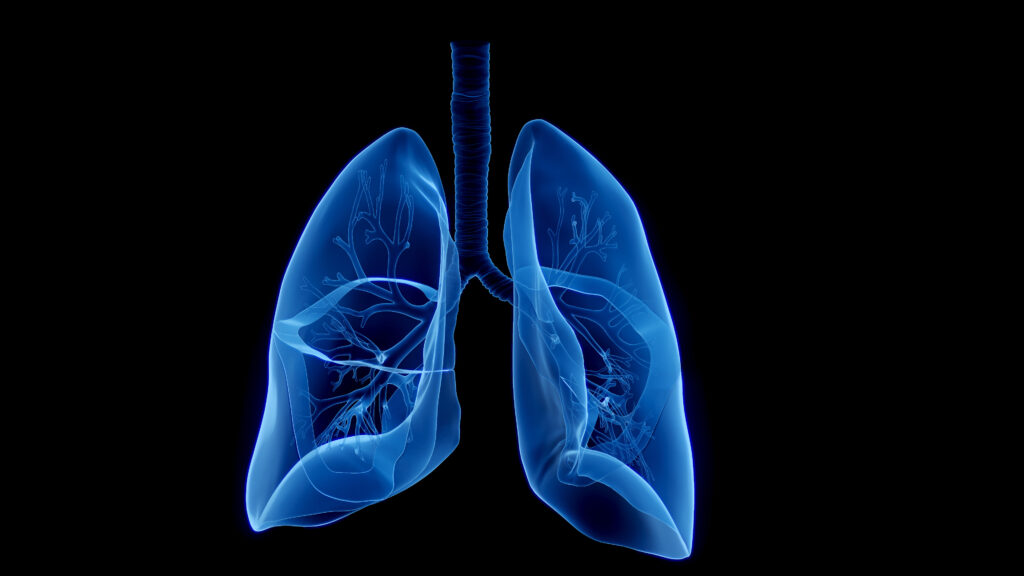Brief flares of severe pain that ‘breaks through’ regular pain medication are experienced by many cancer patients and are associated with significant physical, psychologic, and economic burdens on patients and their carers. Mellar P Davis discusses the characteristics, impact, and assessment of breakthrough pain in cancer. He also discusses various tools that are frequently used to assess the effects of breakthrough pain, and treatment options after diagnosis, with a focus on non-pharmacologic interventions. Marco Pappagallo, MD, follows this with a discussion on the current guidelines, and pharmacotherapeutic approaches to managing breakthrough pain, including different routes of administration and newer opioid formulations.
Ha N Tran and I have written an article that discusses the role of combination therapy for patients with advanced-stage non-small-cell lung cancer (NSCLC). This article reviews the current data with cytotoxic combinations, integration of targeted therapies, and the emerging role of maintenance therapy in advanced-stage NSCLC.
Aditya Bardia and Michael A Carducci review the role of systemic therapy in the management of localized prostate cancer, the most commonly diagnosed cancer among men and the second leading cause of cancer-related deaths among men in the US. In the past year we have witnessed the emergence of newer systemic therapy options for patients with advanced prostate cancer. The present article reviews the role of active surveillance, neo-adjuvant, and adjuvant therapies with chemotherapy and androgen deprivation therapy (ADT) in detail. The long-term adverse effects of ADT and potential supportive measures are also reviewed.
Robyn M Scherber and Ruben A Mesa review the clinical features, disease course, treatment approaches, and other challenging clinical issues in patients with myeloproliferative neoplasms (MPNs). The discovery of the JAK2 V617F mutation as a dominant oncogenic event has led to efforts to develop novel targeted strategies aimed at counteracting the debilitating symptoms and course of these diseases. Samir K Ballas et al. examine the impact of certain genetic events in determining the symptoms and clinical manifestations in patients with sickle-cell disease. The study included approximately 300 patients that participated in a multicenter study of hydroxyurea for sickle-cell disease. The interesting findings provide hope that this line of research can lead to the ability to predict clinical course early on and make appropriate treatment interventions at earlier time-points.
US Oncology & Hematology would like to thank everyone involved for successfully providing interesting and informative expert discussion of a variety of oncologic and hematologic issues that warrant our debate, time, and attention. We would also like to thank all organizations and media partners for their ongoing support and the members of the Editorial Board for their continued involvement and advice. I hope that you find reading these articles enjoyable and useful for the management of your patients. ■















